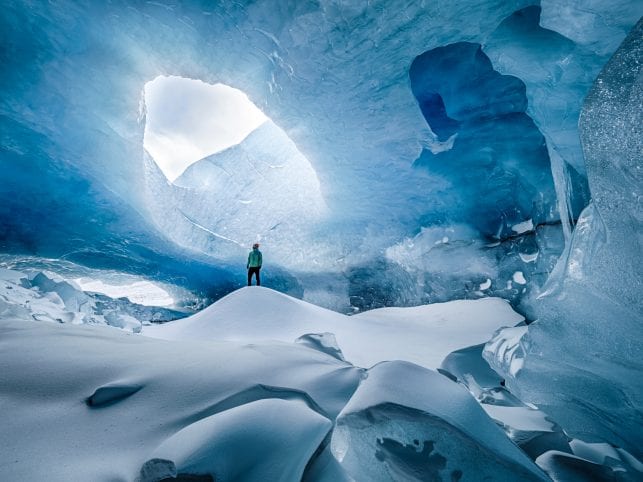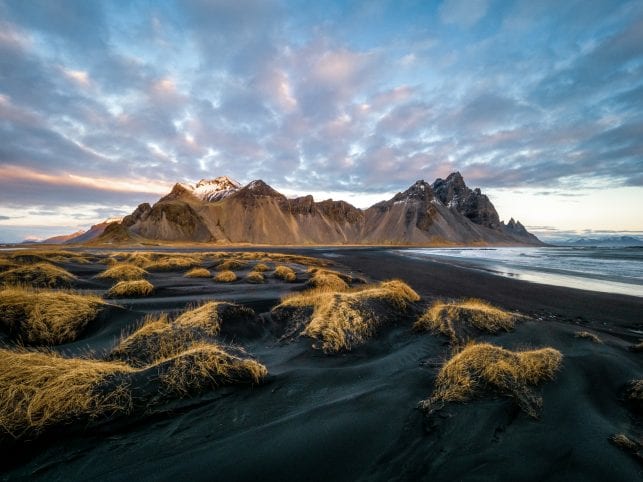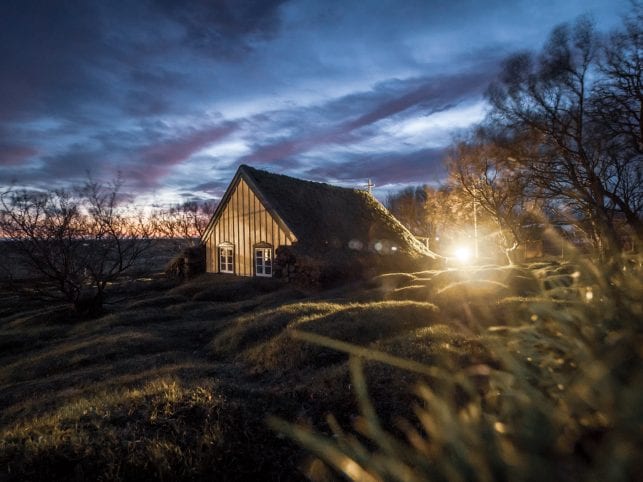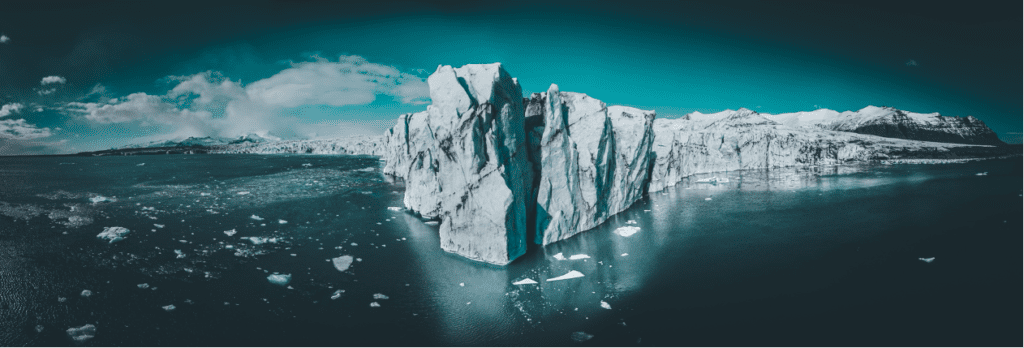
Photo by: Daniel González
The land of Fire and Ice
Iceland is the land of ice and fire and both elements are fascinating to experience, especially when the two elements come together to create unique landscapes. Both extremes can be seen in the Vatnajökull National Park. One of the most popular area to visit the glacier is located southeast of the country, around 380 km. from Reykjavík.
The adventure begins as soon as you hit the road as there are plenty of places to visit on the way. The incredible landscapes and cute icelandic horses will surely make you want to stop more than once to take pictures.
When I finished my studies as biologist, I moved to Iceland following my childhood dream of working close to the nature and explore. After few years living in Iceland I finally had the chance to drive to Jökulsarlón glacial lagoon and visit the ice caves. The season is limited and they can only be visited during the winter months. The icy ceilings of the caves may break and collapse if the temperature rises above 0°C and become even more dangerous and unstable during and after rainfall.

Photo by: Daniel González
Furthermore, you always need to have in mind the Icelandic unpredictable weather when you have plans outdoors. The wind can be extremely powerful and roads could close for safety. So it’s important to check the weather before visiting the glacier.
My first experience at the ice caves was unbelievable. I joined a tour and took thousands of pictures and videos. I couldn´t believe what my eyes witnessed! It was difficult to believe that the blue ice was real and that the pictures on Instagram were’nt photoshoped. The tour was not enough for me and I decided to apply for a job and send them my curriculum.
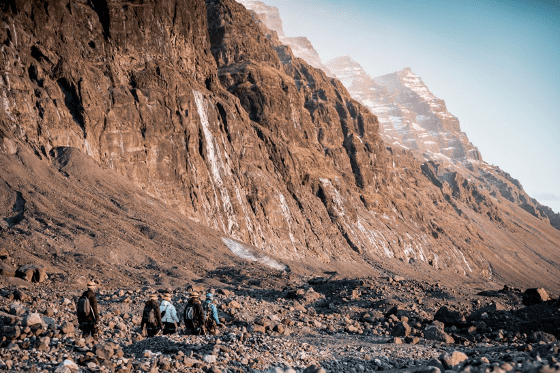
Photo by: Daniel González
The next winter I was working and living next Europe’s largest icecap! The most popular caves are located at Breiðamerkurjökull glacier outlet (the third biggest glacier outlet in Vatnajökull). It comprises 900 sq. km. and its thickest part is 600 meters. So you can find 600 m. high moulins at the top of Breiðamerkurjökull.
Fire!
The dynamic equilibrium in this area is impossible to see elsewhere. Underneath Vatnajökull glacier lye 7 volcanic systems. One of which feeds the Grímsvatn Volcano, one of Icelands more re-occurring and active volcanoes. The volcanic systems are named Öræfajökull, Bárðarbunga, Kverkfjöll, Grímsvötn, Þórðarhyrna, Hamarinn and Esjufjöll. Thus, about 60% of today´s glacial area is underlain by active volcanoes, occasioning intensive studies of glacier volcano interaction what the glacier erodes by its movement the volcano creates new land when the lava cools down.
Thus, glaciers can be extremely dangerous. Never attempt to hike on a glacier or visit a glacier cave on your own. The glaciers are full of cracks which may not be detected by the untrained eye. Different parts of the Breiðamerkurjökull glacier travel at different speeds, however, the speed of the flow is typically between 30-200 meters per year, so to move on top of the glacier and find the famous caves is challenging as the landscape continuously change.
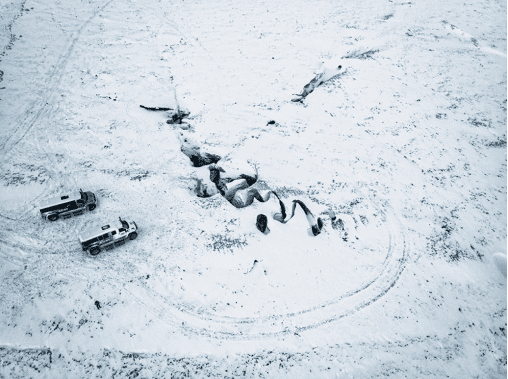
Photo by: Daniel González
Ice!
Before the season starts admitting people to visit the caves, guides and drivers start looking for caves in the glacier. This can take several weeks as Vatnajökull is Europe’s largest glacier by volume, and today it covers roughly 8% of Iceland or about 7,700 sq. km. This is one of the most exciting part of the job. The first person to find a cave has the right to name it, so it’s a great honor to name one of these magical places.
When the caves are safe the season can finally begin! The expedition to the glacier is fantastic. You will be on the largest jeeps in the country and you could contemplate the region’s wide biodiversity (reindeers, arctic foxes, rock ptarmigans…) and landscapes that will make you question if humans really reached the moon. These are the landscapes where they filmed movies like “Interstellar” so you really are traveling to another planet.

Photo by: Daniel González
The blue!
The caves are famous for their electric blue color. however, not all of them are blue!
The ice is totally different from the ice that we have at home. The glacier is made of ice that is completely free of white air bubbles and is not made of water that freezes at low temperatures. it is the results of the high pressure applied to the snow that accumulates in the mountains. Therefore, the ice so thick, dense and old that it absorbs all colors of the spectrum, except the color blue! So that’s the color we see in some caves. However, the caves can also be white, turquoise, green or even black. Much like water has a number of different colors depending on daylight and its depth, so does the glacial ice. It´s like a huge frozen ocean.

Photo by: Daniel González
Glaciers form and grow in the part known as the “accumulation zone”. This is typically much higher in altitude than the glacier outlets. The reason glaciers typically form in high altitudes is because not all of the winter snow melts in the summer at the high altitude, meaning that next season the fresh snow will push down and compress the snow below, eventually turning it into glacial ice.
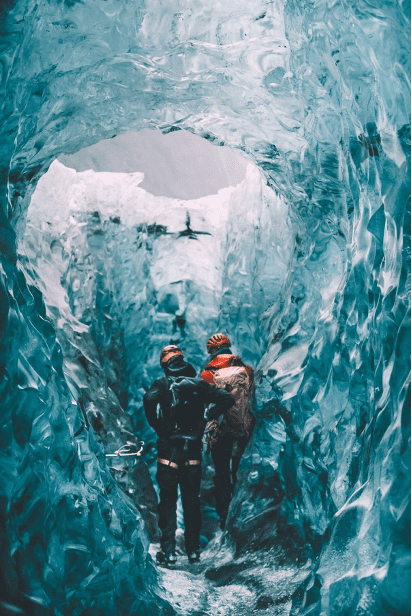
Photo by: Daniel González
Most of the ice caving visitors are aware that one day these magical places will be gone, and we will be one of the last generations to see and enjoy nature like it is today. Vatnajökull’s melt will result in 1 cm. of global sea level rise, which is predicted to happen in the next 200 years. In 2019 Iceland held a funeral for the first glacier to disappear called “Okjökull”. We hope this glacier can last many more centuries, inspiring thousands of visitors to take care of nature before it’s too late and ask ourselves why we didn’t do enough. If you enter in these icy tunnels and stop for a second to think, you will feel tiny. The caves that we visit are only scratching the surface of the glacier. So can you imagine what could we find there? Can you imagine what we could lose?
Daniel González
IG @dani_gonzape
Member of Ocean Missions NGO.

